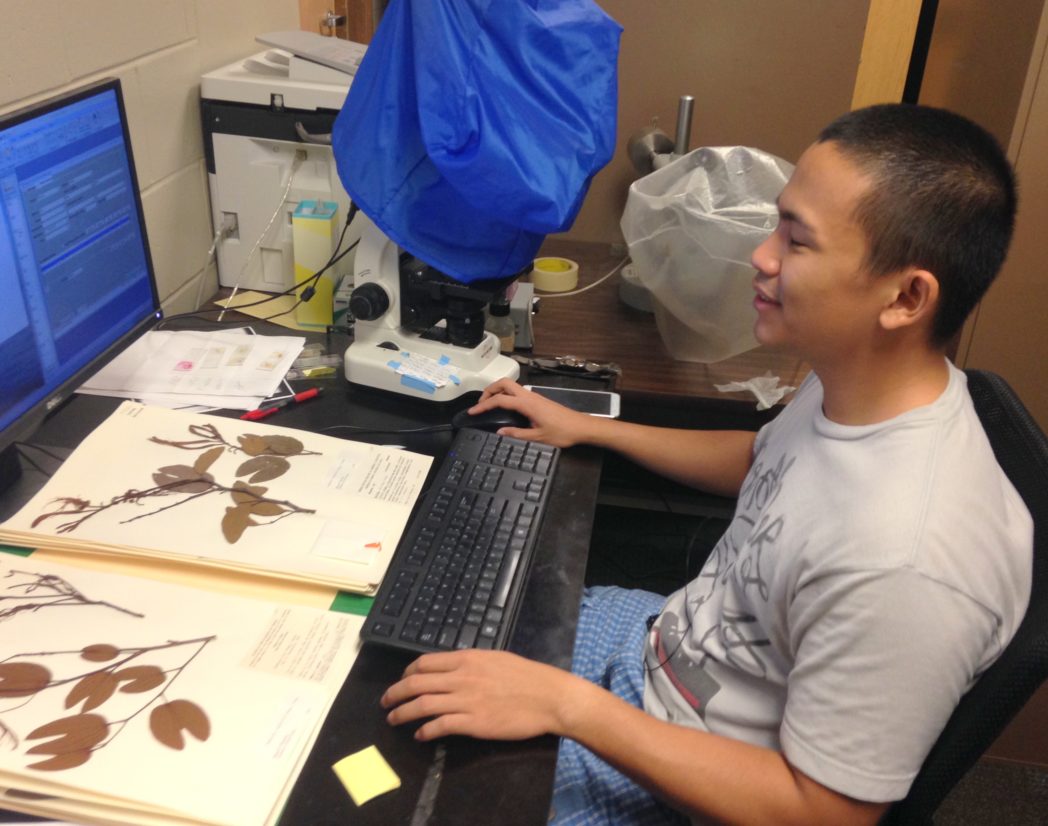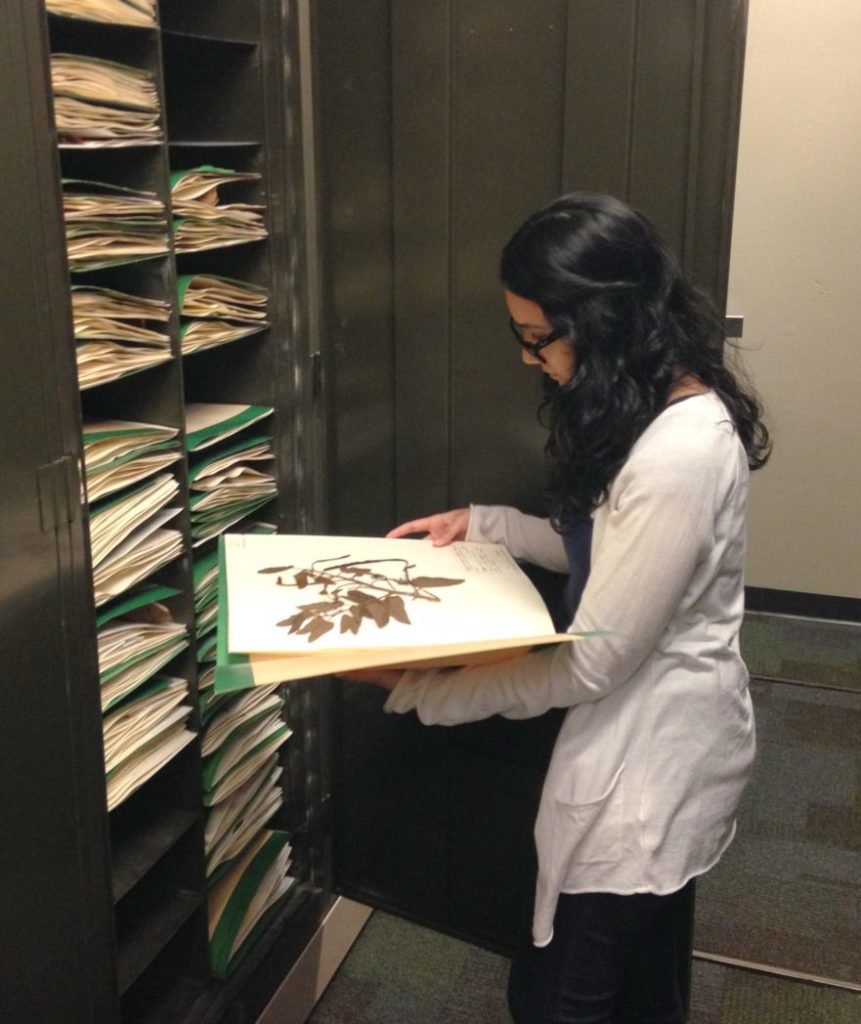USF Atlas of Florida Plants – a valuable resource

Trying to identify that wildflower you found in your yard or on a field trip? The USF Atlas of Florida Plants is a terrific source of native wildflower and plant information where you can dig into a treasure of images and specimens, and it’s just a few mouse clicks away.
The Atlas provides online access to USF’s Herbarium, a “library” of more than 270,000 dried specimens. Developed by the Institute for Systematic Botany at the University of South Florida, it offers detailed information on native and non-native Florida species, as well as others from around the world.
USF established the collection in 1958 as a research and teaching resource; it now ranks in the top third of the world’s herbaria in size. It launched the website in the mid-1990s as a comprehensive searchable database to make herbarium records accessible to the public. Plant listings include photos and county-by-county distribution, as well as links to herbarium specimens, which details where and when each plant was found.
‘A major resource’ for scientists and enthusiasts
“The Atlas has become the major resource for information on Florida plants for native plant enthusiasts, researchers, and those concerned with the preservation of native plant species in Florida,” says Dr. Richard Wunderlin, USF Institute for Systematic Botany director. It also has become the stimulus for similar websites in Alabama, Indiana and New York, and is used by botanical researchers worldwide.
Florida’s wildflower fans have joined the ecologists, biologists, climatologists, botanists and other members of the scientific community who turn to the Atlas for information. “Based on Google analytics, it averages about a million page views a year from about 100,000 users,” says Dr. Alan Franck, USF Herbarium director and curator.
It’s certainly high on the list of go-to resources for the Florida Wildflower Foundation’s staff and contractors. “If I’m stumped on a plant’s identity, I go to the Atlas first,” says Executive Director Lisa Roberts. In fact, the Foundation believes so deeply in the Atlas’ value that it has provided $50,000 in grants since 2011 to support it, thanks to proceeds from State Wildflower license plate sales.
Website adds thousands of plant records annually
Florida is home to more than 4,700 species of native or naturalized plants, and the Atlas is updated daily. During the 2016 grant year, two students supported by the Foundation grant worked with four student volunteers to add about 5,700 herbarium specimens to the website. The students also repaired specimens and trained and supervised volunteers.
“The Herbarium’s preserved specimens can be used in a variety of ways,” says Franck. For example, they can:
- Help climatologists determine if a plant is flowering at the same time it did 20 years ago.
- Help biologists determine if a plant’s levels of lead haves changed over the previous decade.
- Assist forensic scientists when plant residue is found at a crime scene.
- Aid wildflower buffs in learning about the structure and distribution of the state’s native flora.
While anyone can send specimens to the herbarium, Franck says, not every contribution is appropriate. For instance, “we wouldn’t need more examples of the most common weed in Florida,” he explains. “But if a person finds a mysterious plant growing around a lake, maybe it turns out to be a newly introduced species” that should be documented.

Franck advises wildflower enthusiasts to contact their local herbarium if they are interested in helping to document Florida plants. See a list of herbaria on the USF Herbarium website.
